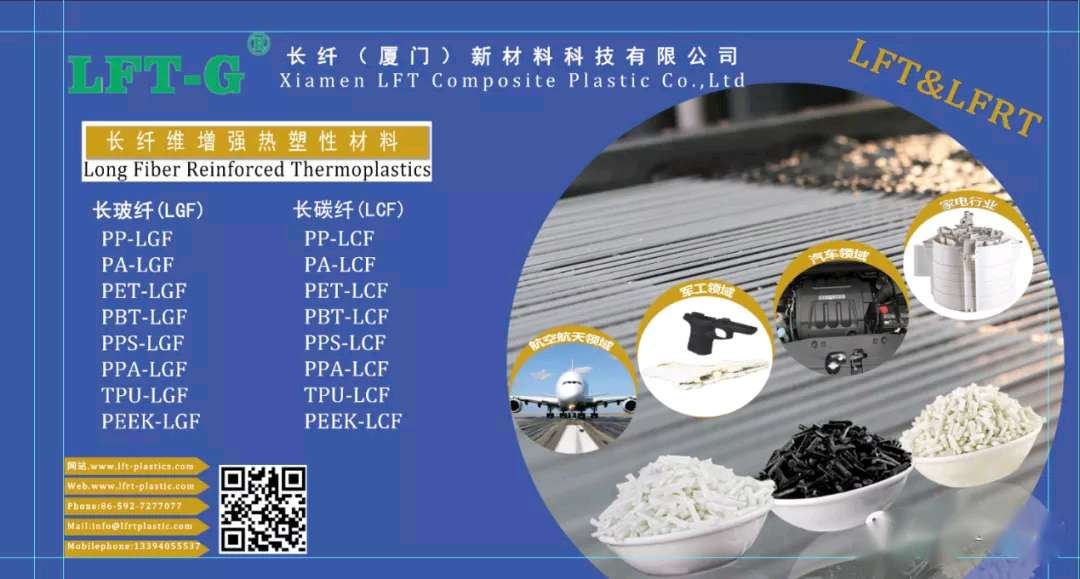new blog
A few years ago, the BMW Group took a revolutionary step forward by building the entire passenger compartment out of carbon fiber reinforced plastic. As usual, new production methods have also brought a lot of recycled carbon fiber. How to use recycled carbon fiber skillfully, to turn waste into treasure read this article.
Dry carbon fiber weaving in Automotive production Recycled carbon fiber can be used in high-performance engineering products. As protofibers, which can be processed into staple fibers using an innovative process, the composite material filled with this new fiber can be used to make lightweight, highly elastic automotive components.
Lightweight brings recycled carbon fiber
The airline industry has often been a leader in the use of lightweight components. For such cost-intensive vehicles, the immediate benefit of reducing weight is reduced fuel consumption. The car industry is facing similar challenges. Core markets such as Europe, the United States and China have set ambitious climate targets in an effort to meet regulatory requirements to reduce carbon emissions. For example, European regulations require that CO2 emissions from passenger vehicles be reduced to an average of 95g/km by 2020. As a result, automakers and their affiliates are pouring money into finding new ways to cut fuel consumption and adapting unrealized ideas to lightweight designs that can be mass-produced.
A few years ago, the BMW Group took a revolutionary step forward by building the entire passenger compartment out of carbon fiber reinforced plastic. As usual, new production methods also lead to a lot of recycled carbon fiber. These recycled carbon fibers include dry fiber residues and wet waste. Initially, carmakers focused on drying and recycling carbon fibre into fabrics of appropriate length for use in small applications. However, the remaining fabric may not meet the shape requirements of the new part. Manual processing has proved costly, time-consuming and prone to human error. New solutions must therefore be found.
Efficient use of carbon fiber for weaving
AKRO-PLASTIC GmbH of Lower Chisen, Germany, has found a way to increase the added value of recycled carbon fiber by adding it to polymer melts. The fabric fiber is chopped in multiple steps, as is the traditional way of cutting carbon fiber, and then gravity batched on an extruder. The main difficulty lies in the powder binder for weaving cloth. Originally, it was intended to hold the layers of carbon fiber fabric in place, preventing it from separating during downstream processes. The key point of feeding is how to accurately control the temperature in the process of processing. In this case, the twin-screw extruder used (manufacturer: FEDDEM GmbH & Co. KG) is equipped with a newly developed side feeder that gently adds up to 40% of the carbon fibre to the polymer melt. The next step is crucial to ensure that the machine is properly packaged throughout the process, otherwise the high electrical conductivity of the carbon fibre will damage the electrical components.
Composite material with weight advantage
The new AKRO-PLASTIC line of carbon fiber reinforced products, known as ICF, features high strength and low density at a competitive price. Up to 40 percent carbon fiber can be added. The new product line aims to significantly reduce the weight of products, especially the weight of load-bearing components. Carbon fiber reinforced composite has electrical shielding and excellent thermal conductivity, especially suitable for activated carbon filters, control unit supports and central console components. The comparison in Table 1 shows that the tensile modulus of PA6 reinforced with 15% carbon fiber (AKROMID B3 ICF 15 black (5026)) is the same as that of PA6 reinforced with 30% glass fiber. A specific weight of more than 12% is enough to make the customer willing to accept a 20% reduction in bending strength. The rigidity of the polymer increases by up to 42% with the increase of fiber filling, while the bending strength at the expense of the polymer decreases by only 12%. But the weight advantage was significant, with a weight loss of 22 percent.
Foaming weight loss
Combined with other processing methods, the weight of components can be further reduced. The two most common technologies on the market are water-assisted and gas-assisted injection molding (WIT/GIT). Foaming polymer melts with foaming agents can further reduce weight by 6 to 13 percent, depending on the method used. In the test shown in Table 2, a 3.5% chemical foaming agent AF-Complex PE 990310TM was added to a 20% carbon fiber reinforced (polyamide + polypropylene) blend and applied to the die of a tie rod. Density decreases by more than 13 percent -- less than the density of water. Despite the significant weight loss, there was no reduction in bending strength, with approximately the same bending stiffness as 40% glass fiber reinforced polyamide 6, but the glass fiber filled product weighed approximately 50% more. Therefore, foaming is the best choice for parts that require bending stress.
